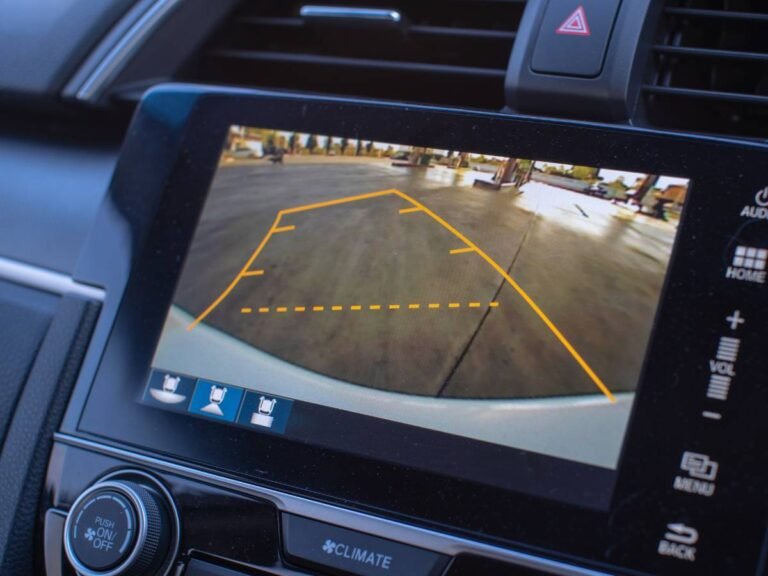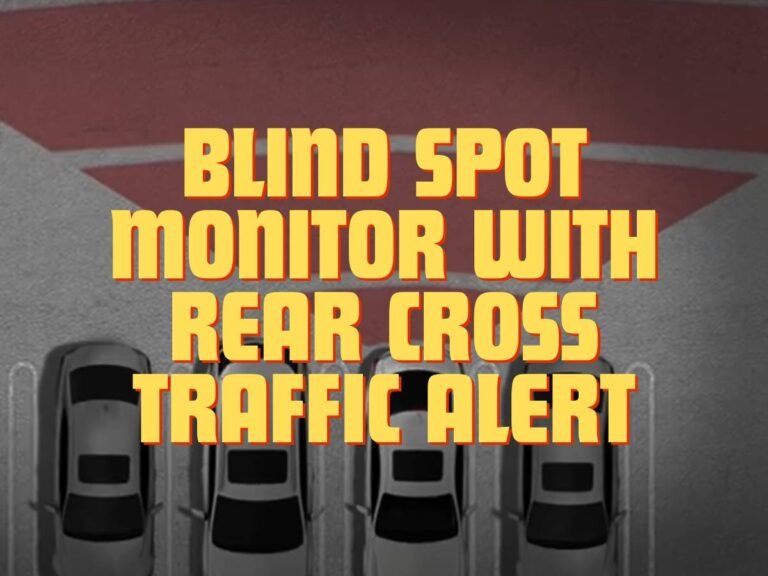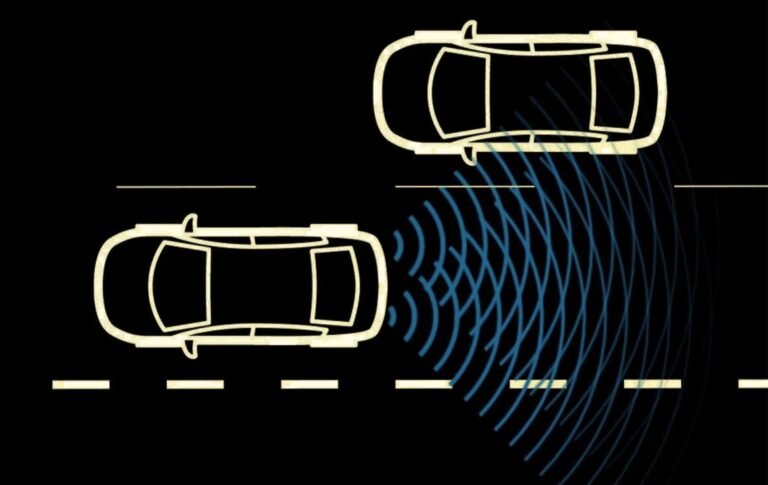Is Blind Spot Monitoring Worth It? A Comprehensive Guide
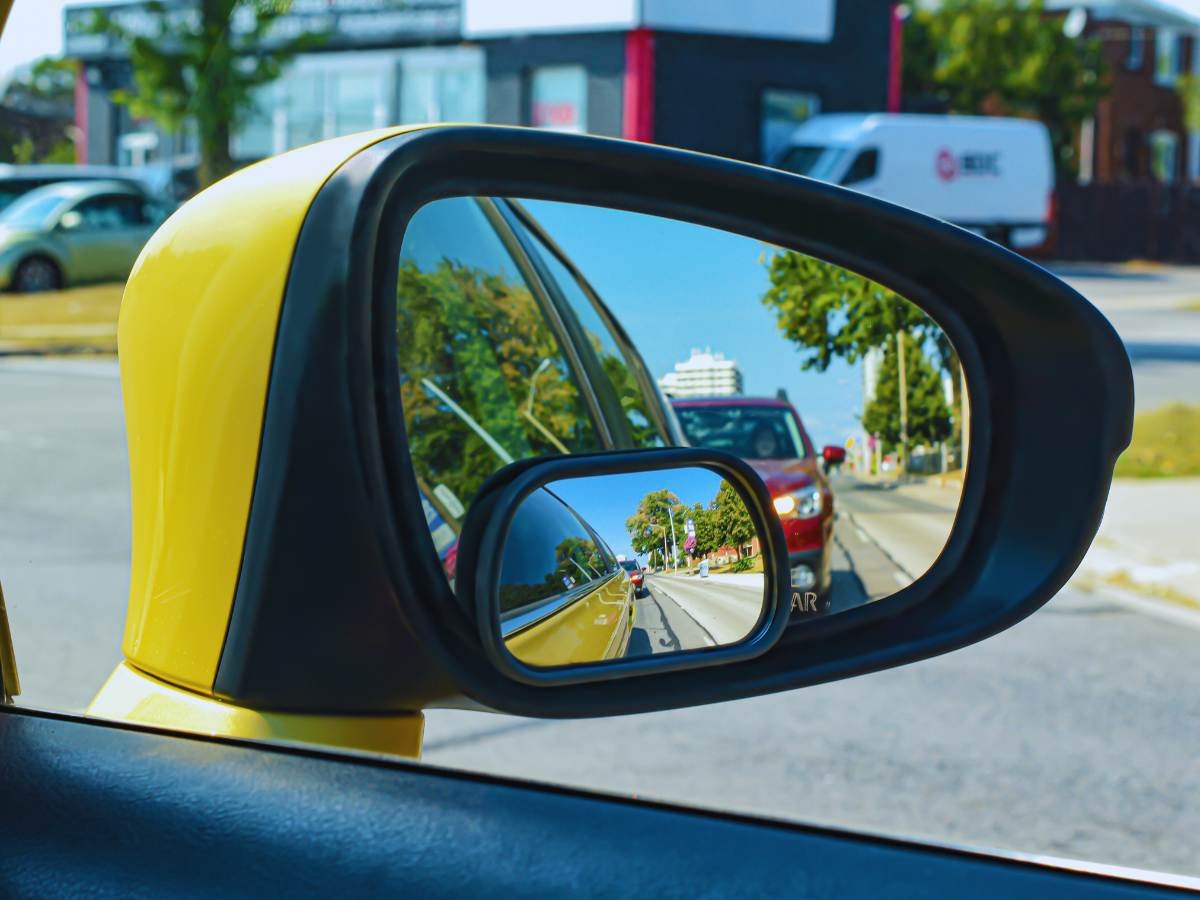
Blind Spot Monitoring is a safety feature available in many modern cars that uses sensors to detect vehicles in the driver’s blind spots. These sensors are typically located on the sides of the car and alert the driver through visual or auditory signals when another vehicle is detected in these areas.
As technology advances, modern vehicles are equipped with a plethora of safety features designed to protect drivers and passengers. One such innovation is Blind Spot Monitoring (BSM). But is blind spot monitoring worth it? In this guide, we will delve into what blind spot monitoring is, its benefits, potential drawbacks, and whether it’s a worthwhile investment for your next vehicle.
How Does Blind Spot Monitoring Work?
Blind Spot Monitoring systems use radar or ultrasonic sensors to monitor the areas adjacent to and behind the vehicle. When the system detects a vehicle in the blind spot, it triggers a warning light on the side mirror or A-pillar. Some advanced systems may also provide an audible warning or vibrate the steering wheel if the driver attempts to change lanes while a vehicle is in the blind spot.
Benefits of Blind Spot Monitoring
Enhanced Safety
The primary benefit of blind spot monitoring is improved safety. By providing real-time information about the presence of other vehicles in blind spots, BSM helps prevent accidents during lane changes. This feature is particularly useful in high-traffic areas and on highways where vehicles frequently move in and out of blind spots.
Reduced Driver Stress
Blind spot monitoring can significantly reduce the stress and anxiety associated with driving, especially in heavy traffic. Knowing that the system is actively monitoring your blind spots allows you to focus more on the road ahead, making for a more relaxed driving experience.
Increased Awareness
Blind spot monitoring systems can enhance a driver’s situational awareness. The visual or auditory alerts serve as constant reminders to check for other vehicles, fostering safer driving habits over time.
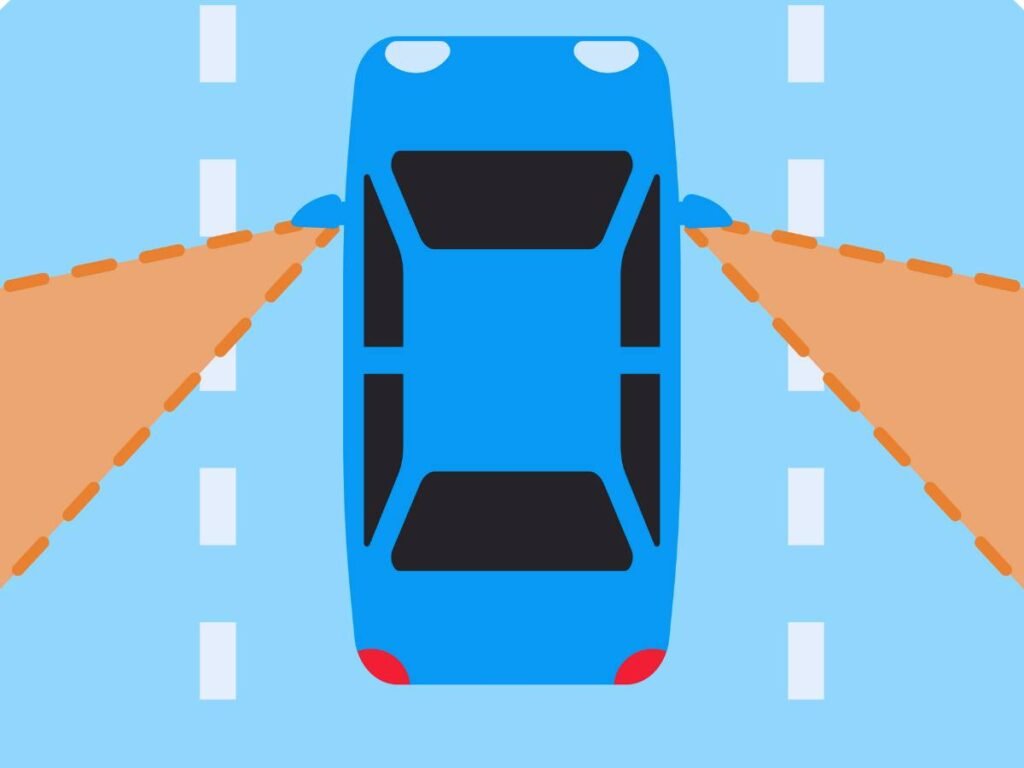
Potential Drawbacks of Blind Spot Monitoring
False Alarms
One of the common complaints about blind spot monitoring systems is the occurrence of false alarms. Sensors can sometimes misinterpret objects, such as guardrails or parked cars, as vehicles in the blind spot, leading to unnecessary alerts.
Overreliance on Technology
There is a risk that drivers might become too reliant on blind spot monitoring systems, neglecting to perform manual checks. While BSM is a helpful aid, it should not replace the habit of checking mirrors and looking over the shoulder.
Cost
Blind spot monitoring systems can add to the overall cost of a vehicle. For those on a tight budget, the added expense might be a significant consideration. However, many argue that the potential safety benefits outweigh the initial investment.
Is Blind Spot Monitoring Worth It?
For Everyday Commuters
For daily commuters who spend a significant amount of time driving, particularly in urban environments with heavy traffic, blind spot monitoring can be extremely beneficial. The added layer of safety and reduced stress can make the daily drive more manageable and enjoyable.
For Long-Distance Drivers
For those who frequently embark on long-distance journeys or road trips, blind spot monitoring is a valuable feature. The extended hours on the road increase the likelihood of fatigue and missed blind spot checks, making BSM a worthwhile investment.
For Older Drivers
Older drivers may find blind spot monitoring particularly useful due to the natural decline in peripheral vision and reaction time. The additional safety net provided by BSM can help maintain confidence and safety on the road.
For Budget-Conscious Buyers
If you are on a tight budget, you may need to weigh the benefits against the cost. While blind spot monitoring is a valuable safety feature, it is essential to consider your driving habits and environment. If you primarily drive in low-traffic, familiar areas, the absence of BSM may not significantly impact your safety.
Pros and Cons of Blind Spot Monitoring Systems
Blind spot monitoring (BSM) systems come with both advantages and disadvantages. Here’s a detailed look at the pros and cons of blind spot monitoring systems.
Pros of Blind Spot Monitoring Systems
1. Enhanced Safety
Blind spot monitoring systems significantly enhance road safety. By providing real-time alerts about vehicles in the driver’s blind spots, BSM helps prevent collisions during lane changes and merges, which are common causes of accidents.
2. Increased Driver Awareness
BSM systems keep drivers more aware of their surroundings. The visual and audible alerts serve as constant reminders to check for other vehicles, fostering better driving habits and situational awareness.
3. Reduced Driver Stress
Driving in heavy traffic can be stressful, especially when changing lanes. BSM systems alleviate some of this stress by monitoring the blind spots, allowing drivers to focus more on driving and less on constantly checking mirrors.
4. Improved Confidence for New and Older Drivers
For new drivers or older drivers with diminished peripheral vision and slower reaction times, BSM systems provide an extra layer of security. This can improve confidence behind the wheel and make driving a more comfortable experience.
5. Prevention of Near Misses and Accidents
BSM systems can prevent near misses and accidents that occur when drivers inadvertently move into a lane occupied by another vehicle. This can reduce the number of fender benders and more serious accidents, potentially saving lives and reducing repair costs.
6. Integration with Other Safety Systems
Many modern vehicles integrate BSM with other safety systems like lane-keeping assist, adaptive cruise control, and collision avoidance systems. This integration creates a comprehensive safety net that enhances overall vehicle safety.
Cons of Blind Spot Monitoring Systems
1. False Alarms
BSM systems can sometimes trigger false alarms. The sensors might misinterpret objects like guardrails, parked cars, or even weather conditions as vehicles in the blind spot. This can be annoying and may cause drivers to ignore genuine alerts.
2. Overreliance on Technology
There is a risk that drivers may become too reliant on BSM systems, neglecting to perform manual checks of their blind spots. While BSM is a helpful aid, it should not replace the habit of checking mirrors and looking over the shoulder.
3. Added Cost
BSM systems can add to the overall cost of a vehicle. This extra expense can be a significant consideration for budget-conscious buyers. In some cases, BSM may only be available in higher trim levels or as part of a more expensive package.
4. Maintenance and Repairs
BSM systems add complexity to the vehicle’s electronics, which can result in higher maintenance and repair costs. If a sensor or camera fails, it can be costly to diagnose and repair the issue.
5. Limited Effectiveness in Certain Conditions
BSM systems may have limited effectiveness in certain conditions. Heavy rain, snow, or dirt on the sensors can impair the system’s ability to detect vehicles accurately. Additionally, BSM systems might not work as well in heavy traffic where vehicles are constantly moving in and out of blind spots.
6. Distraction Potential
While BSM systems are designed to aid drivers, constant alerts and warnings can sometimes become a distraction, especially if false alarms are frequent. This distraction can paradoxically reduce overall driving safety.
Conclusion
Blind spot monitoring is a valuable addition to modern vehicles, enhancing safety, reducing driver stress, and promoting better driving habits. While there are some potential drawbacks, the benefits often outweigh the cons for most drivers. Whether you’re a daily commuter, long-distance traveler, or an older driver, investing in a vehicle equipped with blind spot monitoring can provide peace of mind and a safer driving experience. Ultimately, the decision should be based on your specific needs, driving habits, and budget.


